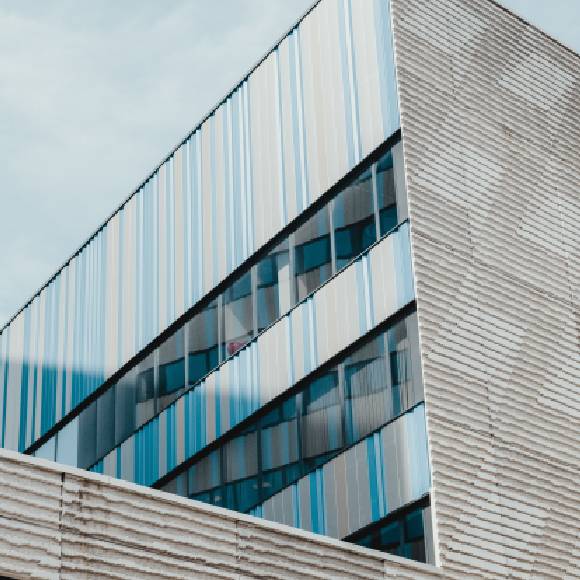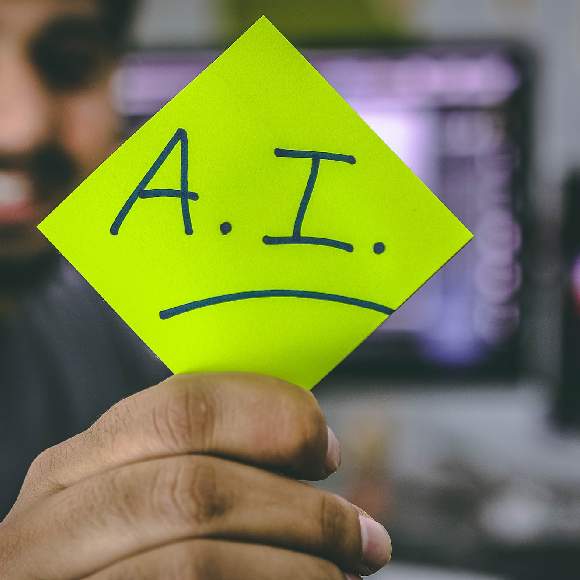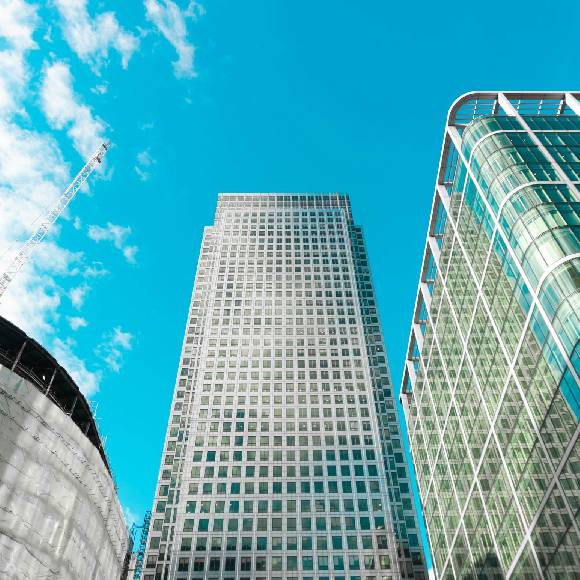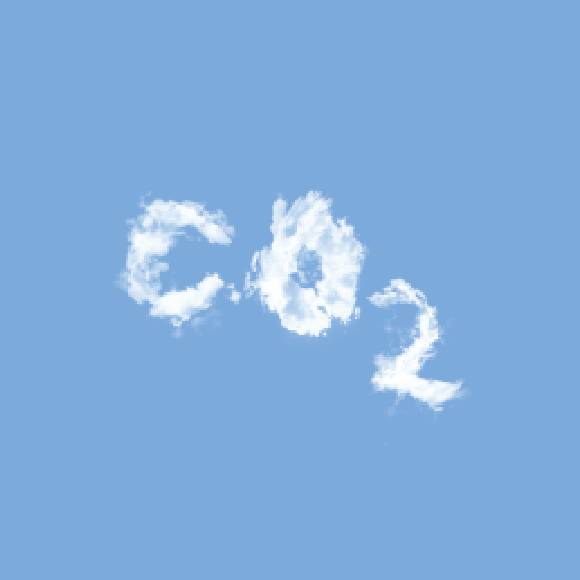No longer limited to just photovoltaic panels or heat pumps, the real estate market is seeking more advanced solutions, especially in the sanitary sector dealing with heating, ventilation, and air conditioning. “It is increasingly common that when constructing new production facilities, well-known brands opt for solutions that may not be the cheapest but are the most effective in terms of environmental protection and utilization of natural resources,” admits Marcin Kosieniak, MEP specialist.
The regulatory pressure from the EU, driven by climate goals, imposes significant obligations on designers in the construction, expansion, or revitalization of production facilities to find environmentally friendly solutions.
Photovoltaic panels, heat pumps, and the use of passive heating are just a few options available to MEP specialists who deal with precise calculations of heat or water acquisition and expenditure. Many facilities also require special zones for conducting research, necessitating a completely different approach.
So how are trends changing in such design projects?
“We undertake several such projects annually, and we see that much depends on decision-makers. In most cases, the choice still revolves around selecting the most optimal application, considering costs and environmental protection. However, in a few cases – as in the one we are currently concluding project work on – the investor, consulting with a sustainable development specialist from Switzerland, opted for a more expensive but technologically much more innovative solution,” Kosieniak describes.
The application of heat pumps for cooling and heating specific zones is a standard practice in production facilities, especially when production lines emit large amounts of heat that can be utilized as a lower source for heating, hot water, or for other process or building purposes.
Read more: Infor or Property News.



